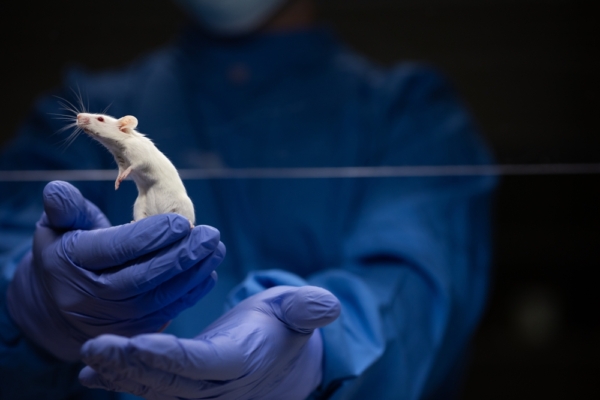Researchers at the University of Calgary have put forward a new study suggesting that humans might actually emit light – quite literally, glow – as living beings.
This interdisciplinary study conducted experiments on mice and plants, revealing that living samples emit a faint light during their metabolic processes. The research indicates that all living organisms, including humans, possess a similar “glow,” which seems to disappear after death.
Daniel Oblak, associate professor at the University of Calgary and a quantum optics PhD, who had previously detected extremely weak light signals emitted by test subjects. He focuses on research in quantum information and quantum communication. Christoph Simon, a physics PhD collaborating with him, is also interested in quantum effects in biological systems. Together, they combine their expertise to study biological systems. Four other researchers were also involved in this study.
The researchers found that this “glow” from living organisms is invisible to the human eye as it is too faint. However, using special cameras, they were able to detect the release of “ultra-weak photons” from live mice and plants under stress.
Although they found that deceased mice also emit photons, the amount of light emitted by living mice was significantly higher. Based on this, the researchers inferred that this “glow” represents the presence of life, suggesting that other organisms, including plants, may also possess this glowing characteristic.
The research team also discovered that leaves of Arabidopsis and dwarf umbrella trees release more light when under high temperatures or chemical stress compared to lower stress situations.
While there is currently no evidence to suggest that humans also emit photons, Oblak believes that it is highly likely. According to his research findings, there is no reason to think that some life forms would emit light while others would not. Oblak likens this process of glowing to a glow stick: when a glow stick is broken, a reaction occurs within the two chemical substances mixed together, emitting light. For living organisms, this is a biochemical process related to energy release.
Oblak added that the photons detected in the laboratory may or may not be observed in the real world – at least not with their current equipment. Several steps need to be taken to determine the feasibility of applying this in the real world.
However, if this technology proves viable, being able to detect this faint glow from living organisms could potentially be used to assess the health conditions of various plants, crops, and even human tissues and organs.
The study, titled “Imaging Ultraweak Photon Emission From Living and Dead Mice and From Plants Under Stress,” has been published in the May 2025 issue of the Journal of Physical Chemistry Letters.
For the English version, please refer to The Epoch Times:
Living Things ‘Glow’ With an Invisible Light, Calgary Researchers Find

